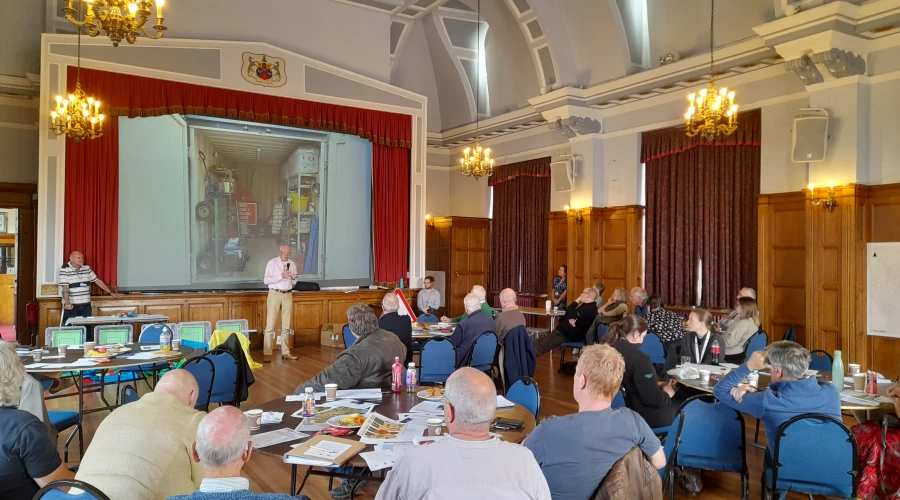Business: Loss of People
Loss of People – consider what the critical functions and roles there are in your business and what essentially needs to keep going. It is good practice to carry this out in a proactive way so that when an incident happens you already have this information to hand. Be mindful that this is not about keeping your company working on the same footing as business-as-usual; this is about keeping those core processes operating. Once the incident has passed you can then recover to your business-as-usual position.
Are there any bespoke roles that might need succession planning? Or is it simply that one person has carried out a role for a long time and the knowledge and mitigation for incidents is in their head, in effect works around?
This sole dependency on one person becomes a risk, in effect a single point of failure, however, if knowledge sharing and training is carried out this can mitigate the risk. Regular refresher training is key for this to succeed and should be built into a regular programme of work; it really does not take long when it is embedded and employees communicate on a regular basis around the risks.
The number of employees that you have should also be considered and how you could operate your business on a loss of 25%, 50% and even 75% loss of staff due to illness. This may seem far reaching but as we learnt in the Covid Pandemic, some businesses had to operate on reduced numbers of staff as much as 75%, and this is where important planning around the critical functions comes into play.
Looking at your teams’ interdependence with other teams is also key but looking wider and seeing who depends on your teams is crucial. This is called the interdependencies, who relies on me for a supply/process or who do I depend on for a supply/process.
Planning for a loss of people will stand you in good stead for adverse weather when staff are unable to arrive for work or, as highlighted above, in the case of a pandemic.



